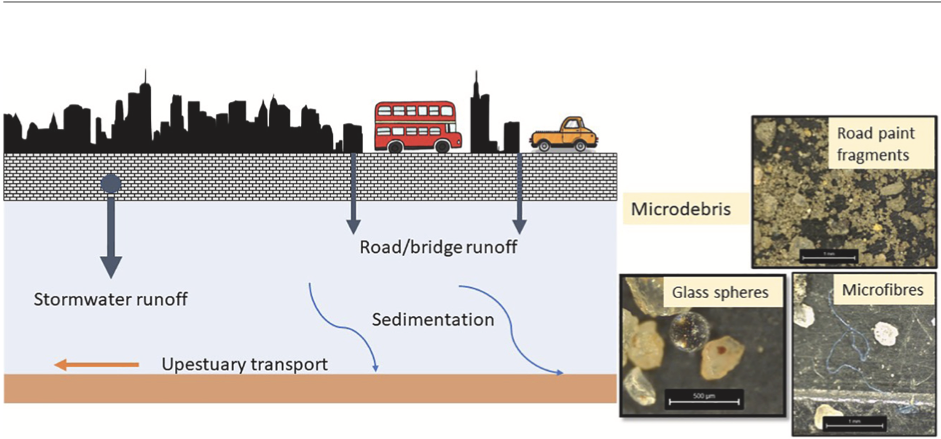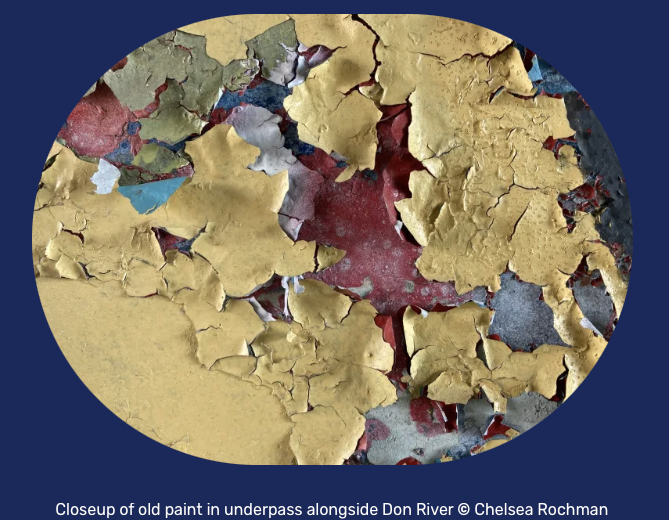|
More research has been published, and yet more is underway on both sides of the Atlantic about the importance of Paint as a source of Microplastic Pollution. Yes....more science confirming #PaintIsPlastic! First up, Dr. Andrew Turner at the University of Plymouth, who has published extensively on Microplastics, is the author of an article with Zaria West-Clarke, called "Contamination of Thames Estuary sediments by retroreflective glass microbeads, road marking paint fragments and anthropogenic microfibres". They found that "sediments of the inner Thames Estuary are known to be highly contaminated by chemical pollutants (including metals) but this study has shown that contamination extends to various forms of micro-debris”. It documents the presence (and variety) of road marking paint fragments in estuarine sediments in the marine environment (Thames Estuary). Link to research - 👉 https://lnkd.in/eURHaNzm In Canada, Zoie Diana, PhD is working in Prof. Chelsea Rochman’s Laboratory at the University of Toronto, with the U of T Trash Team to study the sources of paint microplastics in the environment, the extent of contamination of the St. Lawrence Seaway, and the ecological effects on residents animals. Check out their website 👉 https://lnkd.in/ewBpc9vZ This science based, data driven research really matters in the context of - the EU Green Deal objective of reducing Microplastic Emissions to the Environment by 30% by 2030, and - the UN Plastics Treaty negotiations, which will continue this month in at INC-4 in Ottawa, and which have include Microplastics in the definition of Plastic Pollution.
0 Comments
Leave a Reply. |
Archives
June 2024
Categories |
|
Pinovo AS, Sanddalsringen 5b, 5225 Nesttun, Norway
|


